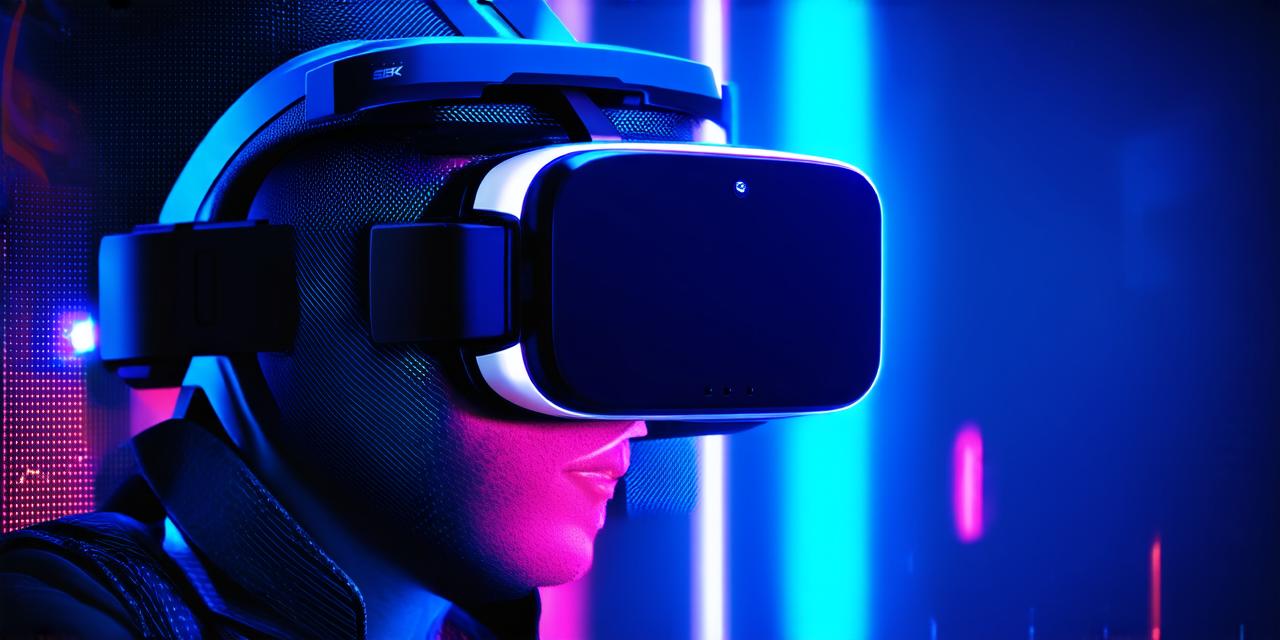Introduction:
Augmented reality (AR) and virtual reality (VR) have revolutionized the way we interact with digital content. With the increasing popularity of these technologies, many developers are turning to AR/VR app development to create immersive experiences for their users. However, developing an AR/VR app can be a complex process that requires careful planning, execution, and testing. In this article, we will provide you with some top tips for successful AR VR app development.
1. Define Your Target Audience:
The first step in developing an AR/VR app is to define your target audience. This includes understanding their age, gender, interests, and pain points. By defining your target audience, you can create a more personalized experience that resonates with them and increases the chances of success. For example, if your target audience is gamers, you can create an AR/VR game that provides a unique gaming experience.
2. Create a Compelling Concept:
The next step is to create a compelling concept for your app. This includes understanding the problem you are trying to solve and how AR/VR technology can help. Your concept should be innovative, engaging, and relevant to your target audience. For example, if you are developing an AR/VR app for healthcare, you can create a virtual tour of the human body that helps patients understand their condition better.
3. Choose the Right Platform:
When developing an AR/VR app, it’s important to choose the right platform. There are various platforms available for AR/VR app development such as Unity, Unreal Engine, and A-Frame. Each platform has its own strengths and weaknesses, so it’s important to choose the one that best suits your needs. For example, if you want to develop an app for mobile devices, Unity is a good choice as it supports both AR and VR development on mobile platforms.
4. Design a User-Friendly Interface:
Designing a user-friendly interface is crucial for the success of your AR/VR app. This includes creating intuitive controls, providing clear instructions, and testing the app thoroughly to identify and fix any usability issues. For example, if you are developing an AR/VR app for education, you can create a virtual classroom that provides students with interactive learning experiences.
5. Optimize Your App for Performance:
AR/VR apps require high-performance hardware to run smoothly. This includes optimizing your app for the device’s specifications and ensuring that it runs at a stable frame rate. For example, if you are developing an AR/VR app for gaming, you can optimize it to run smoothly on high-end gaming consoles.
6. Test Your App Thoroughly:
Testing is critical for the success of your AR/VR app. This includes testing the app on different devices and platforms, identifying and fixing any bugs or issues, and gathering user feedback to improve the app’s performance. For example, if you are developing an AR/VR app for healthcare, you can test it with medical professionals to ensure that it provides accurate and useful information.
Conclusion:
Developing an AR/VR app can be a complex process that requires careful planning, execution, and testing. However, by following these top tips, you can increase the chances of success and create an immersive experience for your users. Remember to define your target audience, create a compelling concept, choose the right platform, design a user-friendly interface, optimize your app for performance, and test your app thoroughly. With these tips in mind, you can develop a successful AR/VR app that provides value to your users.
FAQs:
1. What are some common issues faced during AR/VR app development?
- Common issues faced during AR/VR app development include motion sickness, hardware compatibility issues, and usability problems.
2. How can I optimize my AR/VR app for performance?
- To optimize your AR/VR app for performance, you can reduce the number of polygons in the 3D models, lower the texture resolution, and minimize the draw calls.
3. How can I gather user feedback for my AR/VR app?
- You can gather user feedback by conducting user testing sessions, surveys, and focus groups.
4. What are some best practices for designing an AR/VR interface?
- Best practices for designing an AR/VR interface include using intuitive controls, providing clear instructions, and testing the app thoroughly to identify and fix any usability issues.
